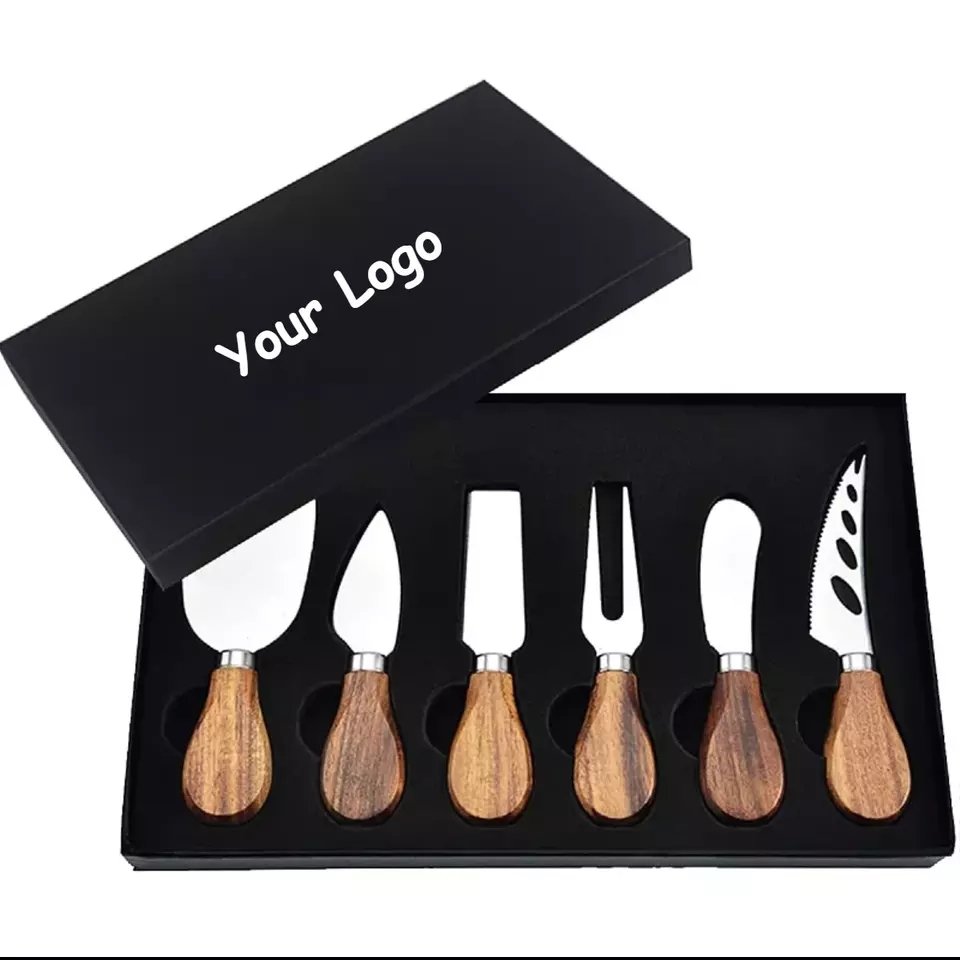Tired of wondering where your reusable straws come from, and if they’re actually safe or sustainable? You’re not alone.
Most metal straws are made in China, where advanced manufacturing meets cost-efficiency and customization.
In this post, I’ll walk you through how metal straws are made, the environmental and health concerns, and what to look for as a smart buyer — from a manufacturer’s insider perspective.
Table of Contents

What is the controversy with metal straws?
Many people see metal straws as an eco-friendly solution, but not everyone agrees.
The controversy lies in whether the production and use of metal straws truly offset their environmental impact.
The Debate Around “Green” Products
Overestimated Impact
Critics argue that unless metal straws are reused hundreds of times, they may not be more sustainable than plastic alternatives. However, this ignores the broader benefits, like brand awareness and consumer behavior change.
Misuse and Injury Reports
Some reports involve accidents — like injuries from falling with a metal straw. That’s why design and safety standards matter.
| Argument Against | Counterpoint from Manufacturers Like Us |
|---|---|
| High energy to produce | One-time energy for long-term use |
| Hard to recycle | 100% recyclable if returned to proper facility |
| Safety concerns | Safe if designed and used responsibly |
In short, the problem isn’t the straw — it’s the misuse or miscommunication around it.
How are metal straws manufactured?
Many people imagine complex machines or hand-forged tools, but modern production is efficient and clean.
Metal straws are manufactured through tube cutting, shaping, polishing, cleaning, and quality control steps.
Our Manufacturing Process at Brilliant
Step 1: Raw Material Selection
We use food-grade stainless steel (often 304 or 316L). No recycled scrap or unknown alloys.
Step 2: Pipe Cutting and Shaping
The steel pipes are cut into specific lengths, then formed into straight or bent shapes.
Step 3: Polishing
We use mechanical and electro-polishing to smooth the surface and remove any micro-residue.
Step 4: Cleaning & Sterilization
Ultrasonic cleaning removes oils and debris. Then, we sterilize the straws in high-temperature ovens.
Step 5: Logo and Packaging
Your branding is added via laser or print, then straws are packed in custom boxes or pouches.
| Stage | Tools/Process Used | Quality Checkpoint |
| Cutting | Hydraulic pipe cutter | Length tolerance ±0.5mm |
| Bending/Forming | Pipe bending machine | No cracking, smooth angle |
| Polishing | Rotary polishers, acid wash | Mirror or matte finish uniform |
| Cleaning | Ultrasonic tank, oven | Free from grease and residue |
It’s precision work — not just tube shaping. And we make sure every straw passes strict inspection.

Are metal straws environmentally friendly?
They can be, depending on how they are made and used.
Yes — especially when made from high-quality stainless steel and reused regularly.
Sustainability Isn’t Just About Materials
Reusability
A single metal straw can replace hundreds of plastic ones. That alone is a big win.
Recycling Potential
Steel is 100% recyclable. We encourage customers to return old stock for recycling.
Manufacturing Impact
We optimize production waste, reuse cooling water, and source eco-certified materials.
| Sustainability Factor | Our Approach at Brilliant |
| Material source | Certified food-grade SS only |
| Wastewater management | Closed-loop water reuse system |
| Energy efficiency | Smart scheduling, bulk runs |
| Product longevity | 5–10 years+ with proper care |
It’s not just about going green — it’s about doing it the right way.
How hygienic are metal straws?
People often wonder if metal straws harbor bacteria or are hard to clean.
Metal straws are very hygienic when properly cleaned and stored.
What Makes a Straw Hygienic?
Material Surface
Stainless steel is non-porous, so it doesn’t absorb flavors or bacteria like plastic or bamboo.
Cleaning Routine
With a brush and warm water, daily cleaning takes seconds. We include brushes with every order.
Heat Resistance
They can be boiled or run through a dishwasher — unlike plastic.
| Hygiene Factor | Stainless Steel Straws | Plastic/Bamboo Alternatives |
| Bacteria absorption | No | Yes (especially bamboo) |
| Dishwasher safe | Yes | No (some plastics melt/split) |
| Smell or flavor retention | None | High in bamboo, some plastics |
We also offer silicone tips for users who prefer soft mouth contact while maintaining hygiene.
Are metal straws good for your teeth?
This is a fair concern, especially from families or dental professionals.
Yes — as long as you sip gently and use silicone tips if needed.
What Dentists Say
Risk of Chipping
There’s a small risk of hitting your teeth, especially while walking or driving. But this risk is lower than chewing on pen caps or biting metal forks.
Solutions We Offer
Rounded edges
Food-grade silicone mouthpieces
Bent designs for easier sipping
| Concern | Our Design Response |
| Sharp edge injuries | Polished, rounded edges |
| Hard surface contact | Silicone tips (available in sets) |
| Accessibility | Curved, easy-sip designs |
Safety is part of our design thinking from day one.

How do restaurants clean metal straws?
Restaurants need hygiene, speed, and consistency.
Most use dishwashers or high-temperature soaking with a brush clean after each use.
Commercial Cleaning Best Practices
Industrial Dishwashers
They use high-temp steam and detergent to sanitize multiple straws at once.
Manual Cleaning
For small cafes, brushes and soaking in vinegar or sanitizing solution works well.
Storage
After cleaning, straws must be air-dried and stored in clean, sealed containers.
| Cleaning Step | Tools/Products Used |
| Soaking | Vinegar, sanitizing tablets |
| Brushing | Nylon brush with long handle |
| Drying | Rack drying or heated tray |
We supply cleaning brushes and usage guides for restaurants and cafes.





